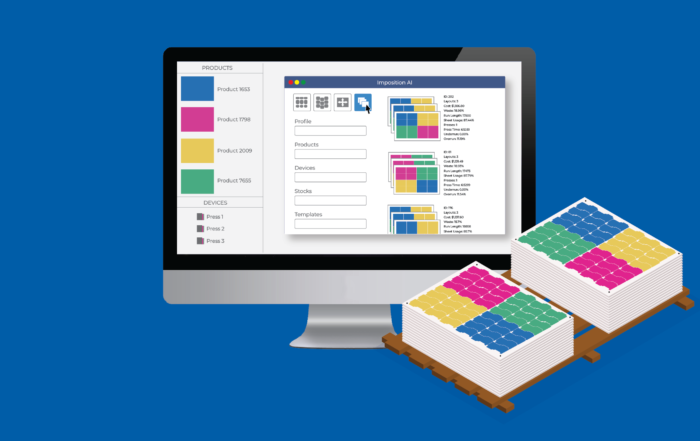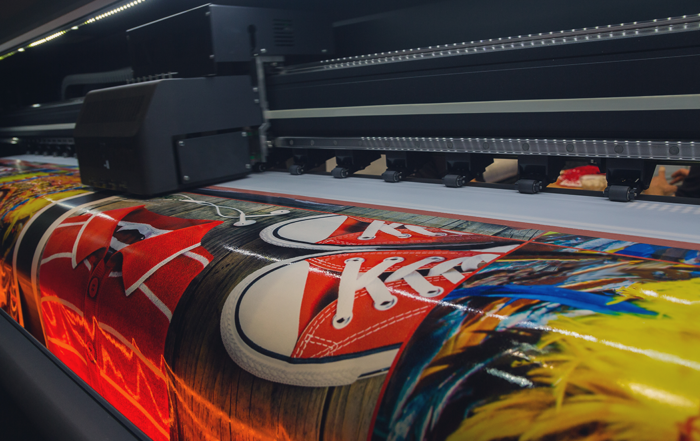From the front office to the production floor, automation provides efficiencies for standard and customized business processes. Today’s machinery, applications, and processes are fueled by a growing list of innovative and sophisticated solutions that provide unparalleled opportunity for business growth.
While automation clearly has its advantages, the benefits of these systems are multiplied exponentially when they are brought together. Connecting these systems into a synergistic enterprise delivers real-time insight along with new levels of efficiency, productivity, and profitability. Conversely, systems and applications that operate in a vacuum require manual, often redundant intervention. The consequences include unnecessary delays, cost overrun, and a lack of reliable information to guide key decisions.
Workflow Integration
Thanks in large part to today’s digital tools, workflow automation is becoming a requirement throughout the print industry. And integrating workflow applications is proving to minimize manual effort and streamline operations.
Reducing manual production steps, like imposition and planning, is shown to accelerate speed-to-press while slashing time, errors, and material costs. However, it is becoming equally important to connect workflow solutions with a broader spectrum of business systems, allowing departments to remain in unison.
MIS Integration
Integrating print operations with Enterprise Resource Planning (ERP), Customer Relationship Management (CRM), and Web-to-Print is clearly important for productivity and profitability improvement. And today the print industry, along with other manufacturing sectors, is increasingly turning its attention to Management Information Systems (MIS).
The difference between one printer and another is often razor thin and MIS is becoming vital for navigating today’s competitive landscape. These systems track and manage quoting, jobs, inventory, invoicing, finance and allow orders to be processed faster. But perhaps most important, MIS provides management with the real-time insight for critical decision making.
MIS Integration Strategies
Because open architecture promotes software customization and interoperability, integration is becoming more straightforward. However, simply connecting one system to another is not always easy nor effective. All companies should take the steps to define their pain points, what areas are creating the most delays or havoc for their business, and what type of solution should be considered for the next integration point.
For printing companies, effective integration strategies should extend beyond workflow to encompass a range of business applications, like MIS.
Partnerships
Tilia Labs maintains a strategic partnership with several print industry software vendors including MIS providers. Our MIS partners provide intelligent end-to-end solutions for the entire value chain, from prospecting, estimating, and product management to creating the right sales order, managing production, -stock, -planning and logistics.
Because of this alliance, interoperability between tilia Phoenix and a number of MIS providers is seamless and reliable. We invite you to take a look at the list of our Technology Partners here.






